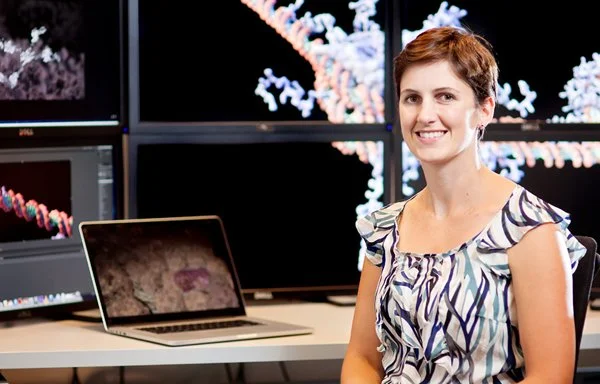HealthHack Sydney 2015
Recent Posts
Spotlight on: Melanie Eckersley-Maslin 25 November 2022
Spotlight on: Jessamy Tiffen 25 July 2022
ECR Spotlight on: Alex Woodworth 16 July 2022
Epigenetics 2022: Four weeks left for poster abstract submissions! 15 July 2022
Emma Whitelaw ECR Publication Award 30 June 2022
Epigenetics 2022 – Meet the speakers 17 June 2022
ECR Spotlight on: Kate Giles 31 May 2022
Spotlight on: Luciano Martelotto 30 May 2022
Epigenetics 2022 speakers announced 20 April 2022
Spotlight on: Hamish King 18 April 2022
ECR Spotlight on: William Schierding 6 April 2022
Spotlight on: Louise Bicknell 14 March 2022
Categories
News (57)
Opportunities (3)
Publications (7)
Spotlight on … (16)
World epi news (2)
Archived news
2022 (12)
2021 (9)
2020 (9)
2019 (1)
2018 (6)
2017 (6)
2016 (6)
2015 (17)
2014 (1)
by AEpiA| Oct 27, 2015 | Meeting Highlights
Dr Kate Patterson participated in HealthHack 2015 last weekend at The Kinghorn Cancer Centre in Sydney, and here she tells us all about it:
his weekend I participated in HealthHack, a national product-building event that ran in Sydney, Perth, Melbourne and Brisbane from Friday evening through to Sunday.
On Friday night I pitched my ‘problem’ to a crowd of developers, user interface designers and software engineers in an attempt to build interest and a team that could work with me over the weekend.
With a focus on communicating science visually and engaging a broad audience in genomics and epigenomics research, I defined my problem as: create a prototype 3D game environment depicting the inside of the nucleus of a cell that can be adapted for virtual reality using the Oculus Rift.
What followed was an intense, team building and successful weekend, which ultimately culminated in us winning equal first prize for our solutions.
There were a few defining moments over the weekend that paved the way for a successful prototype. The first was deciding on two approaches and game engines in order to both to maximize the team’s skill sets and also to reach more audiences. We chose Unity for its rendering and animation capabilities, and Minecraft for its popularity and community aspect strengths. Once we worked out how to efficiently export an appropriate molecular model from Maya (the 3D environment I usually work with) to each of the game engines, the team worked on getting the controllers and functionality working smoothly.
By Sunday lunch time we had achieved three main things: 1) DNA and protein models imported into the two game engines, 2) Each of the games driven by appropriate controllers and 3) VR enabled. This was an exciting moment and the rest of Sunday afternoon was spent refining the games and preparing our final presentation.
HealthHack demonstrates how engaged development teams can work together to achieve great outcomes. In 48 hours we created two different prototypes that can now act as the catalyst for ongoing projects. I would definitely recommend researchers get involved in HealthHack 2016.

